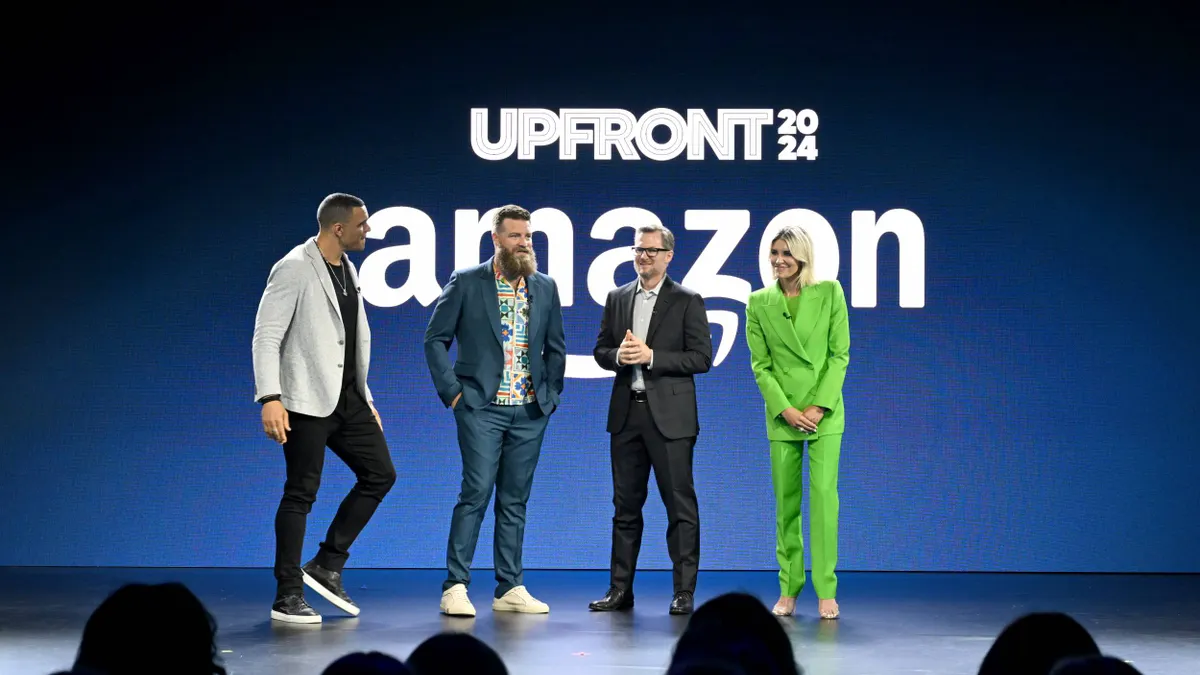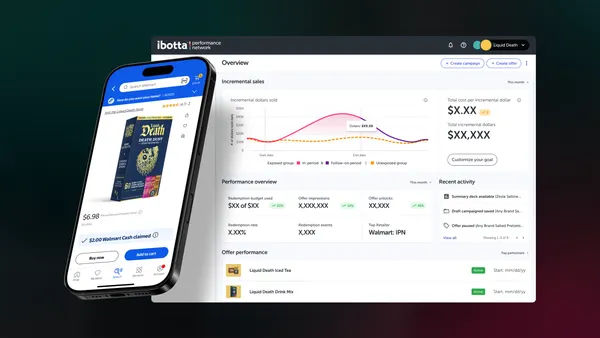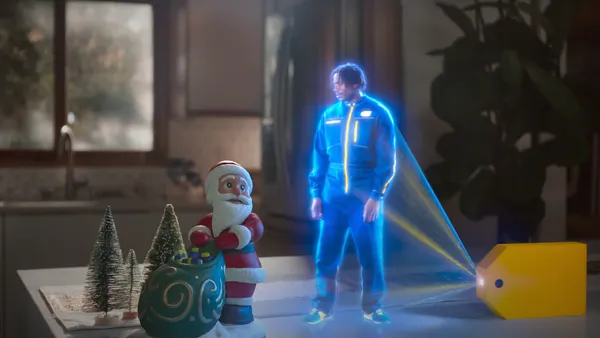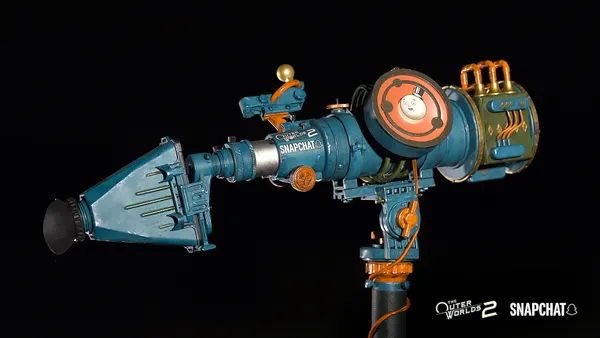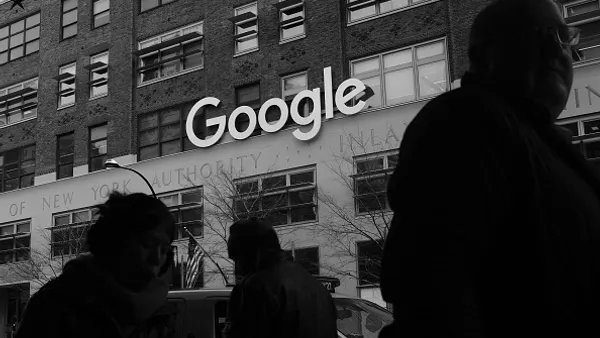Brief:
- Blippar, the augmented reality (AR) technology company, created a visual positioning system that the company says is 2x more accurate than GPS in urban locales, according to a press release made available to Mobile Marketer. Its computer vision technology estimates the pose of a user's phone, such as latitude, longitude and orientation with respect to the surrounding environment.
- The technology is designed to power upgraded location-based AR to overlay virtual content onto physical shops, street signs and tourist attractions like interactive guides in front of famous landmarks.
- Blippar said its computer vision has advantages over GPS — whose location error in cities can be more than 52 feet (16 meters), according to one study — through using visual cues. GPS service often deteriorates where the urban landscape causes bad reception and mobile devices' GPS service varies with different sensors, per the press release.
Insight:
Blippar, a pioneer in the AR space for mobile marketing, is upgrading its platform as much-bigger players Google and Apple are beginning to ramp in AR as well. Blippar claims its technology provides a more robust AR experience for people who want to navigate crowded urban environments where GPS is less accurate, especially for AR overlays like signs or menu boards that retailers want rendered outside their storefront. Blippar demonstrates in a YouTube video how its system could work to place store names and virtual sandwich boards in a crowded street without interfering with foot traffic. Also, it shows how a virtual greeter can welcome a sightseer to a particular tourist destination or serve as an interactive guide.
Apple's next iPhone will have AR built into the device, a move at least one analyst believes will result in a "paradigm shift" as the company has a reputation for making technology more accessible and user-friendly, according to the Financial Times. AR will also be part of the iOS 11 software update, meaning a large number of consumers will have an AR-enabled iPhone once they update to the new iOS.
Google's Tango reportedly takes a more robust approach to AR by being able to detect more about what is going on in the surrounding physical environment than ARKit. In other words, Apple's ARKit could introduce AR to a wide audience to make it simple to use but Google's Tango, and it possibly Blippar as well, are playing a longer game with a more sophisticated approach to AR. Wayfair's shopping app that is featured on the new Tango-enabled phone from ASUS is an early example of what this could like.
Blippar's promise of positional accuracy has major implications for location-based AR experiences in the tourism and city-mapping arenas. With less margin of error, digital overlays would also be more stable, allowing users to merge the virtual and physical worlds for enhanced mobile experiences.
AR usage is estimated to grow 30% this year to 40 million people in the U.S. and reach 54.4 million people by 2019, according to eMarketer. A February International Data Corporation report predicts businesses will spend nearly $14 million on AR and virtual reality in 2017, up 130.5% from last year.





